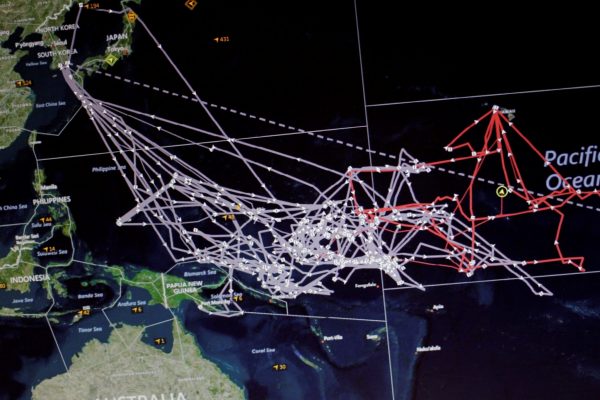Dampening the celebrations somewhat was the fact that Papua New Guinea (PNG) and Fiji — the two largest Pacific island countries — did not attend. PNG had already signalled it would not sign the agreement, preferring to pursue bilateral deals with Australia and New Zealand, as well as a multilateral trade deal already negotiated with other Melanesian states (Fiji, Solomon Islands and Vanuatu). Fiji’s inclusion remains uncertain, with ongoing concerns regarding infant industry protection and most favoured nation measures.
Since the outset of negotiations, commentary in relation to PACER Plus has been polarised. The Pacific Network on Globalisation (PANG), which has featured prominently in the regional press, describes the agreement as ‘unbalanced’ in favour of Australia and New Zealand. The Vanuatu Chamber of Commerce and Industry has said that the agreement will result in ‘loss of government revenue, loss of policy space to support ni-Vanuatu industries, and the loss of the right to protect its people and natural resources’.
Listen to the governments of signatory countries and the narrative is very different. The Chief Trade Adviser for the Pacific islands, Edwini Kessie, said in a recent interview that ‘PACER Plus offers a unique opportunity for the Pacific island countries to deepen their trade and economic links with Australia and New Zealand and enhance their participation in international trade to achieve robust economic growth and sustainable development’.
Such polarisation is not uncommon when trade agreements are negotiated. In the case of PACER Plus, there are a number of reasons to think that claims by both advocates and critics are overstated.
PACER Plus is an agreement between two (relatively) large developed economies — Australia and New Zealand — and a collection of small, developing states. Some rank in the smallest countries globally: five countries have populations of under 20,000 people; Niue has less than 1,500 people. These states will never achieve the economies of scale necessary for most export industries, PNG and Fiji excluded, which explains why exports to date have been negligible. A trade agreement is unlikely to change this. Nor will it completely address an important barrier to exports of agricultural products from these countries — stringent quarantine measures at the border.
But neither will PACER Plus undermine nascent infant industries. Outside of Fiji and PNG, there simply isn’t scope to leverage domestic demand. Successful export industries from the Pacific are more likely to be niche (such as Fiji Water), and are unlikely to develop in such a manner. In most countries, a combination of tourism, remittances and foreign aid will remain the dominant source of foreign exchange.
Pacific island countries nevertheless have some reason to be lukewarm toward PACER Plus. These states already enjoy tariff-free access to the Australian and New Zealand markets under the South Pacific Regional Trade and Economic Cooperation Agreement. What is to be gained by the Pacific islands in joining PACER Plus is therefore unclear.
Australia and New Zealand have always insisted that PACER Plus is not a traditional free trade agreement, but rather a comprehensive development agreement. They have committed to provide AUD$19 million (US$14 million) and NZ$7 million (US$4.9 million) respectively to implement a work program designed to assist Pacific island countries implement the agreement. In addition, both have made commitments regarding the percentage of official development assistance to the region that will be directed towards ‘aid for trade’ measures. None of these commitments are overwhelming.
PACER Plus will also feature a side ‘Arrangement on Labour Mobility’, but one that does not commit Australia or New Zealand to providing labour mobility opportunities. This will be disappointing for the Pacific, which had pursued such a commitment. But it is worth noting that Australia and New Zealand have moved over the last decade to provide Pacific islanders with temporary employment opportunities for unskilled labour. Both now have seasonal worker programs in place in the horticulture industry, and Australia has introduced new opportunities for a number of Pacific island microstates as part of its North Australia strategy. The negotiations for PACER Plus can be credited to some extent for the establishment of these programs.
What of other controversial issues? PACER Plus advocates have highlighted the potential impacts of the investment provisions in the deal. Again, the impact is likely to be limited. In most countries the real barriers to investment — partial or outdated legal systems, lack of confidence in regulatory frameworks, the absence of economies of scale, and limited (complicated) access to land — cannot be addressed by a trade deal.
In sum, the impacts of PACER Plus have been overstated by both advocates and critics. PACER Plus will not undermine export industries. But neither will it resolve the deep-seated development challenges in the region. Without strong labour mobility provisions, the impact of a PACER Plus agreement on Pacific island states is likely to be limited. There is not much to celebrate, beyond a deal being struck.
Matthew Dornan is Deputy Director of the Development Policy Centre, The Australian National University.

